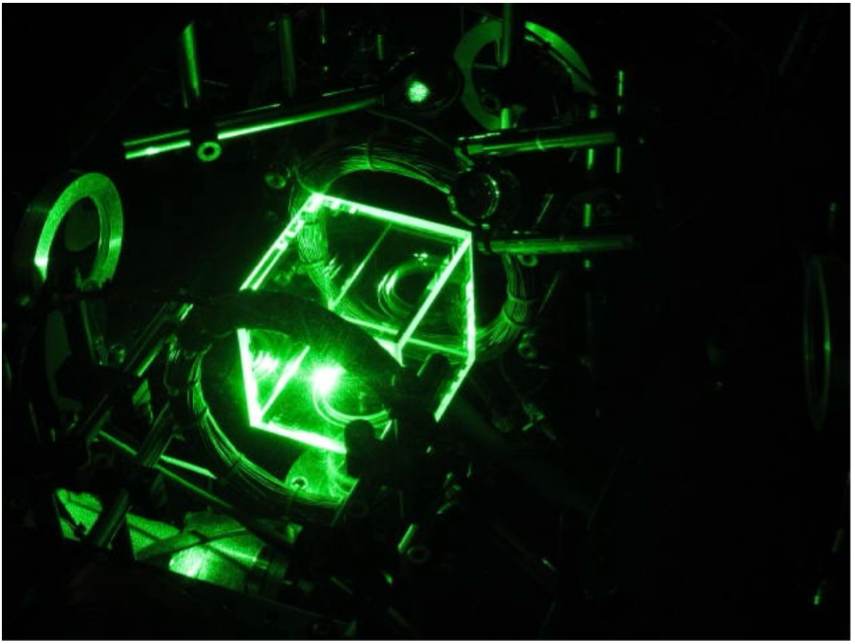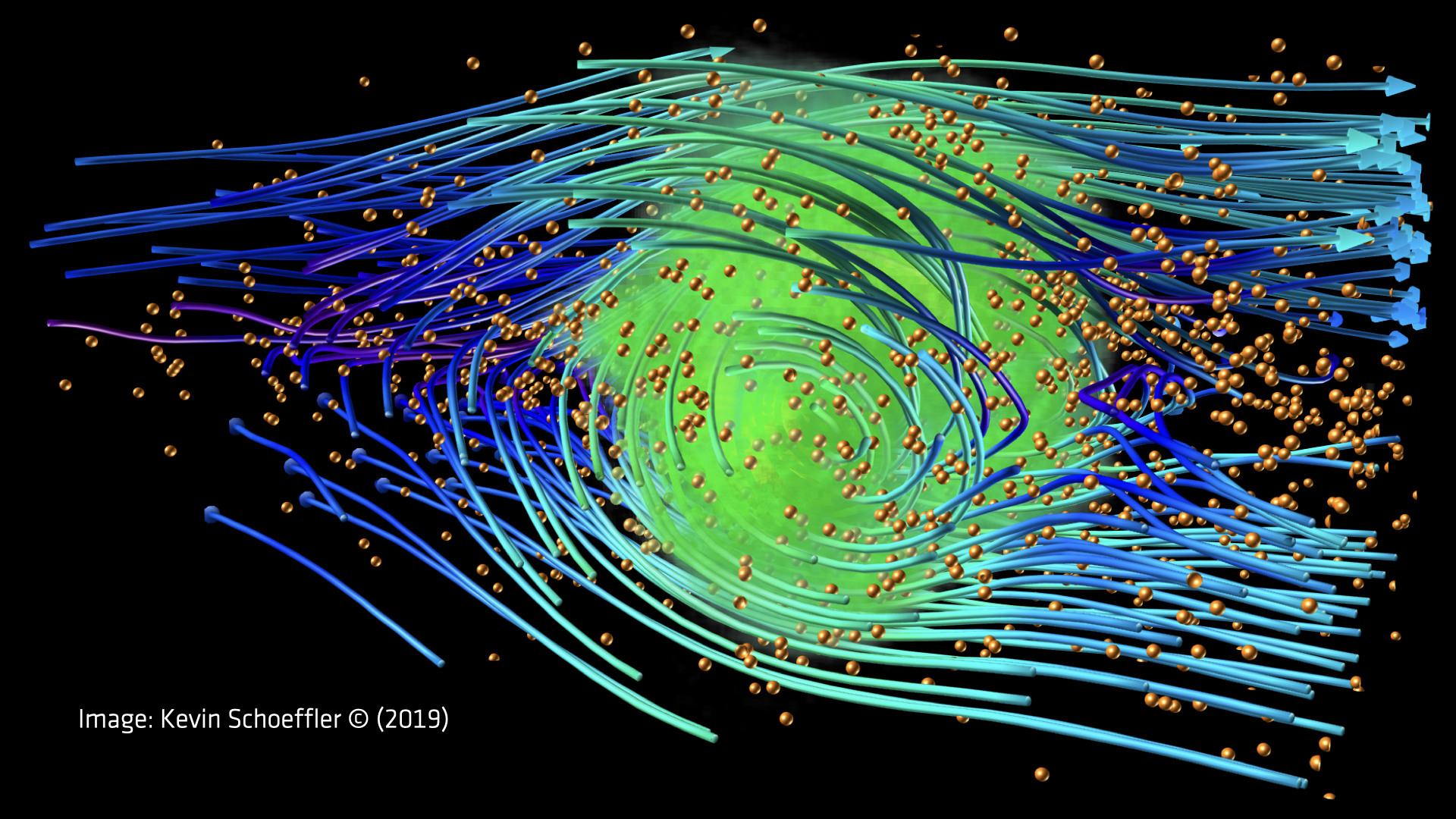Laserlab-Portugal
Facilities
Laserlab-Portugal brings together an impressive number of state-of-the-art laser facilities with applications in science, technology and industry. For detailed information about the capabilities of each facility please follow the links below. In case you wish to discuss the feasibility of your project before submitting an application for laser time, the name of the contact persons is provided.
Research areas

Operational since 1998, the Laboratory for Intense Lasers (L2I) is the largest laser laboratory in Portugal and the most important hub for ultrashort laser science, technology and applications. In recognition of its strategic role, the facility was selected to the Portuguese Roadmap of Research Infrastructures in 2014, and reaffirmed for the 2020 update.
L2I was also instrumental in ensuring the Portuguese participation and contribution to international consortia and networks such as LASERLAB-Europe, Euratom ICF Keep-in-Touch Activities, Extreme Light Infrastructure and HiPER. Currently research areas and applications:
Laser systems and beamlines
| Amphos Driver | Amphos PulsePick | Amphos MPC | Fastlite OPCPA | Yb:YAG Multipass | YCOB OPA | |
|---|---|---|---|---|---|---|
| Central wavelength | 1030 nm | 3100 nm | 1030 nm | 825 nm | ||
| Pulse duration | 1 ps | 1 ps | 100 fs | 40 fs | 1 ps | 15 fs |
| Energy per pulse | 1 mJ | 0.25 mJ | 0.64 mJ | 60 µJ | 60 mJ | 50 µJ |
| Repetition rate | 1-40000 kHz | SS-1 kHz | 1-40000 kHz | 100 kHz | 100 Hz | 100 kHz |
| Average power | 100 W | 25 W | 64 W | 6 W | 6 W | 5 W |
| Applications |
|
|
|
|
||
| Main diagnostics |
|
|||||
| Target area |
|
|||||
Research areas

VOXEL is a high intensity laser facility of 30 squared meters and is the only national facility in Portugal dedicated to high-intensity laser–plasma interaction, providing a unique platform for advanced studies in relativistic optics, particle acceleration, and secondary radiation generation. The facility also represents Portugal as a local PI node in the European Inertial Confinement Fusion (ICF) collaboration, linking national expertise to a broader European effort in fusion energy research.
The mission of VOXEL is to advance experimental research in laser–plasma interaction across fundamental and applied domains— from compact accelerators and secondary sources to extreme states of matter. To achieve this, the facility develops and exploits enabling technologies such as structured light at high power intensities coupled to machine learning, which allow unprecedented control over laser–plasma coupling.
Laser systems and beamlines
Ti:Sapphire kHz Astrella system- Central wavelength: 800 nm
- Pulse duration: 35 fs
- Energy per pulse: up to 4 mJ (post-compressed)
- Repetition rate: 1 kHz up to single shot
- Applications: kHz laser–plasma acceleration, high-harmonic generation (HHG), ultrafast secondary sources, coherent imaging
- Source: driven by Ti:Sapphire kHz system
- Spectral range: XUV (15–70 eV)
- Typical flux: >10⁸ photons/s
- Diagnostics: XUV spectrometer, flat-field imaging, EUV Greateyes CCD
- Applications: ultrafast XUV spectroscopy, coherent diffraction imaging, attosecond metrology
- Vacuum interaction chamber for multi-purpose laser–plasma experiments
- Equipped with motorized target and alignment systems
- Multiple synchronized delay beamlines derived from the Ti:Sapphire system for pump–probe configurations
- Applications: time-resolved laser–plasma dynamics, warm dense matter studies, ultrafast pump–probe experiments, multi-beam interaction studies
- Alignment lasers (diode, CW, HeNe) for diagnostics and beam transport
- Probe beams synchronized to main systems for interferometry, shadowgraphy, and plasma diagnostics
Research areas

MOTLab is the central Portuguese facility for quantum technologies based on ultracold atoms, and is part of the recently established Quantum Optics and Quantum Information Lab (QIQO), offering a unique platform for fundamental research in quantum simulation, atom interferometry, and quantum metrology. As a node within the Laserlab-Europe network, our mission extends beyond our core scientific goals to providing the broader photonics community with access to specialized, state-of-the-art laser and vacuum systems.
Scientifically, we focus on cooling and manipulating Rubidium gases to micro-Kelvin temperatures and beyond, into the quantum degenerate regime. This allows us to create pristine, well-controlled quantum systems for exploring many-body physics, quantum phase transitions, and for developing next-generation sensors with ultra-high precision.
Technologically, MOTLab is built around a powerful and flexible infrastructure. We recognize that our core tools — a high-power, frequency-stabilized 780 nm laser farm and a world-class ultra-high vacuum (UHV) environment — are themselves valuable resources. We actively encourage collaborative proposals from Laserlab-Portugal users who could leverage these systems for their own experiments, whether in advanced spectroscopy, integrated photonics testing, or the development of novel laser-matter interaction protocols.
Facility features & technical specifications
Ultra-high vacuum (UHV) system for quantum gases- Base pressure: < 10-9 mBar
- Pumping stack: Combination of ionic pump, turbomolecular pump, and titanium sublimation pump (TSP).
- Main science chamber: Features multiple optical viewports and electrical feedthroughs for magneto-optical and optical dipole trapping.
- Scientific application: Long-lived atomic traps for the creation of ultracold gases/plasmas, and coherence-time-critical quantum simulations.
- Collaborative potential: A pristine, ready-to-use UHV environment for integrating specialized targets or novel photonic structures for study under extreme vacuum conditions.
Master lasers: TOPTICA and SACHER Lasertechnik systems
- Wavelength: 780 nm (Rb D2 line) and other relevant transitions
- Tuning range: > 10 nm
- Linewidth: < 1 MHz (typical)
- User benefit: Industry-leading frequency stability and agility for high-resolution spectroscopy and quantum control.
- Output power: Up to 1 W per system
- Beam quality: Diffraction-limited
- Collaborative applications: Nonlinear frequency conversion, advanced spectroscopy, atom-photon interaction studies, and serving as a pump for novel laser sources.
We offer unparalleled dynamic control over light and magnetic fields, a prerequisite for advanced quantum optics.
- Acousto-pptic modulators (AOMs): Multiple units in double-pass configurations.
- Function: Precise frequency shifting (up to 200 MHz), intensity control, and nanosecond-speed beam gating.
- Application: Generation of multiple phase-coherent frequencies, dynamic trap control, and pump-probe sequences.
- MOT coils: Anti-Helmholtz configuration for capturing atoms from the vapor.
- Bias field coils: Three pairs of Helmholtz coils for precise cancellation of ambient fields and application of arbitrary quantization axes.
- Application: Preparation of atoms in specific quantum states and the creation of magnetic traps for evaporative cooling.
A fully equipped, vibration-isolated optical table supports complex setup prototyping and precise characterization.
- Comprehensive optics suite: High-quality waveplates, polarizers, isolators, and lenses.
- Advanced diagnostics: Fabry-Pérot interferometers for frequency analysis, fast photodiodes, and beam profiling cameras, absorption and fluorescence diagnostics.
- Collaborative potential: Enables rapid integration and testing of user-supplied components with high precision.

These three laboratories, their users and experimental programs are supported by a dedicated computational infrastructure encompassing computer clusters, numerical codes for experimental modelling, and a visualization infrastructure/tools.
This computational infrastructure is managed by a dedicated team.
The laboratory has four main working stations and is linked to auxiliary preparative laboratories, cell culture laboratory and office space. Two of the main working stations are dedicated to Photoacoustics and the other two to Transient absorption. The Photoacoustic working stations comprises instrumentation for ms/ns/ps time resolved Photoacoustic Calorimetry and Photoacoustic Tomography. For Transient absorption the laboratory has ns laser flash photolysis and fs pump-probe spectroscopy set-ups. The laboratory is equipped with pipes for handling laboratory gases and accessories for working at distinct temperatures and deal with solid and liquid samples. Singlet oxygen detection is also possible in the Laboratory. A fifth working station, in a separated room, is dedicated to the preparation and characterization of solar cells. The laboratories are acclimatized and are located close to each other as well as to the work offices of the research team members. read more
The laboratory has four main working stations and is linked to auxiliary preparative laboratories, cell culture laboratory and office space. Two of the main working stations are dedicated to Photoacoustics and the other two to Transient absorption. The Photoacoustic working stations comprises instrumentation for ms/ns/ps time resolved Photoacoustic Calorimetry and Photoacoustic Tomography. For Transient absorption the laboratory has ns laser flash photolysis and fs pump-probe spectroscopy set-ups. The laboratory is equipped with pipes for handling laboratory gases and accessories for working at distinct temperatures and deal with solid and liquid samples. Singlet oxygen detection is also possible in the Laboratory. A fifth working station, in a separated room, is dedicated to the preparation and characterization of solar cells. The laboratories are acclimatized and are located close to each other as well as to the work offices of the research team members. read more
Two home-made independent apparatus (with ns- and ps-time resolution) are available for time resolved fluorescence studies; two fluorimeters (Horiba-Jobin Yvon) are also available, with optional phosphorimetry option for spectra and lifetime measurements. Two UV-Vis spectrophotometers are also available. The laboratory is equipped with a cryostat for measurements (absorption, emission spectra and lifetimes) with temperature, a thin-film making facility together with a integrating sphere for solid state studies and a variety of accessories for solution and solid state studies. A multidisciplinary team is present with expertise not only in the singlet state but also in triplet excited state characterization. read more

